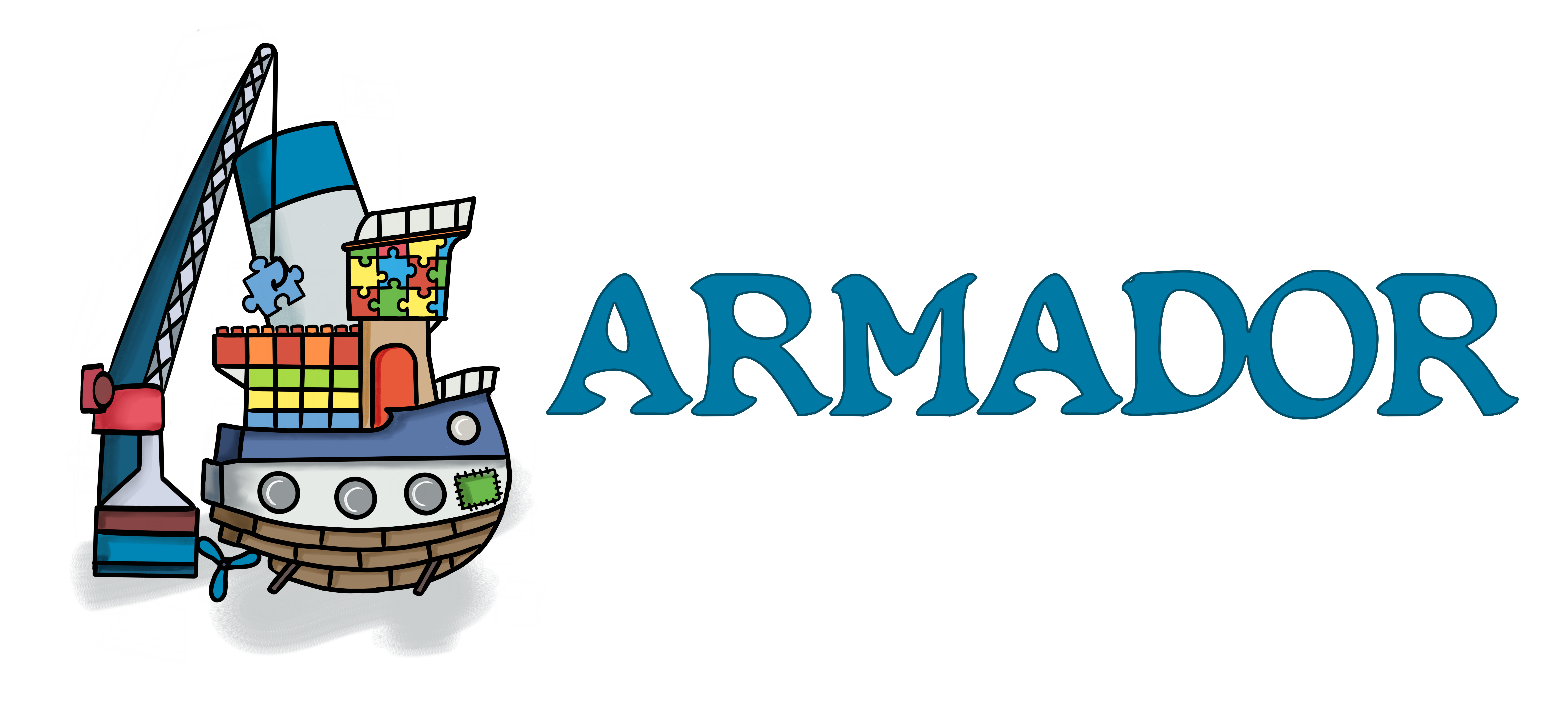A tool for creating ephemeral test environments in Kubernetes.
The best analogy for what Armador provides would be to compare it to Docker Compose, but for Kubernetes.
Helm is the building block that Armador is based upon. The idea is that a small configuration file is provided for core dependencies for the environment, and then in each chart that needs another chart to be built, that gets referenced inside a armador.yaml file in the chart.
The limitation with umbrella charts is that the individual services don't have their own lifecycle. The other problem is that the developer of one service doesn't know all the other dependencies another service has. So they are not able to build their own umbrella charts on demand.
Building the code
go build -o $GOPATH/bin/armador
armador --help
You will need a configuration file to help the tool know what to install. The default should be located in your $HOME path: ~/.armador.yaml, however you can use --config to point to any other file of your choosing.
An example of the content for your file:
prereqCharts:
- pubsub:
repo: stable
- cert-manager:
packaged: false
repo: git@github.com:jetstack/cert-manager.git
pathToChart: deploy/charts/cert-manager
overrideValueFiles:
- values.yaml
additionalValues:
- repo: git@github.com:YOUR_ORG/REPO_WITH_VALUES_FILES.git
path:
- release-vals/values.yaml
cluster:
google:
name: clusterName
zone: europe-west3-b
project: gcp-project
In order for Armador to know what to install and what dependencies your application has, you need to add a config file named armador.yaml in the helm chart path of your application (at the same level as Chart.yaml). One of the basic settings that you could apply would be something like:
# version: 1.0
dependencies:
- chartName:
repo: stable
overrideValueFiles:
- values-dev.yaml
There's some more work that can be done to automate the validation that your system is ready to work with armador, but a good first start is running:
armador helm check
to be sure there are no errors, and that all the correct plugins are installed.
For example:
- helm version of client should be the same as server
helm diffplugin should be installed (if it's nothelm plugin install https://github.com/databus23/helm-diff)
The main goal of the tool is to focus on a single application that needs development (eg: myService1). If you keep the code for myService1 in /code/path/myService1, and the helm chart for that service is located within that path, then to use Armador, you would run:
$ cd /code/path/myService1
$ armador create YOUR_NAME
or alternatively you can choose the path of the app to install:
armador create YOUR_NAME -p /code/path/myService1
kubectl get pods --namespace=YOUR_NAME
will show you the current state of your env.
And now you can use kubectl and helm in this namespace as you like. Or simply make the changes and run armador update YOUR_NAME
Contributions are welcomed! Read the Contributing Guide for more information.
This project is licensed under the MIT License - see the LICENSE file for details
